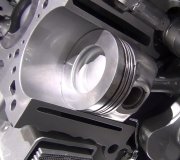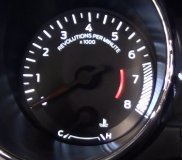Now THAT makes sense. At 144,000 miles, if that was the original timing belt, it was way overdue for replacement. So I assume the engine was running okay until the belt broke. Bent valves are the result on any "interference" engine, as you found out.
It sounds like the new belt is misadjusted by one tooth. That would result in all of the symptoms you described, including the Check Engine light. The Engine Computer looks at the crankshaft position sensor and camshaft position sensor signals to determine if they're lined up correctly as you drive. If the timing belt is off one tooth, that will be detected, the light will turn on, and the fault code will be "cam and crank sync". At two teeth off, the Engine Computer will shut the engine down to protect those valves. At three teeth off, or when the timing belt breaks, any open valves will be hit and bent by the moving pistons as they coast to a stop.
Here's three things for your mechanic to check. First, double-check that the timing marks are correct and the camshaft sprocket isn't off by one tooth. Second, perform a compression test to verify the replaced valves didn't get bent again from improper reassembly procedures. This third thing only applies to the single overhead cam engine. Read the fault code(s) first. If there is one related to cam and crank sync and the timing belt is on correctly, check the key between the camshaft and sprocket to see if it is sheared off. That was common in the '90s. That will let the sprocket turn on the camshaft just enough to make it LOOK to the computer like the timing belt jumped one tooth. That will result in the same engine performance problems you listed.
Tuesday, January 10th, 2012 AT 12:43 AM


